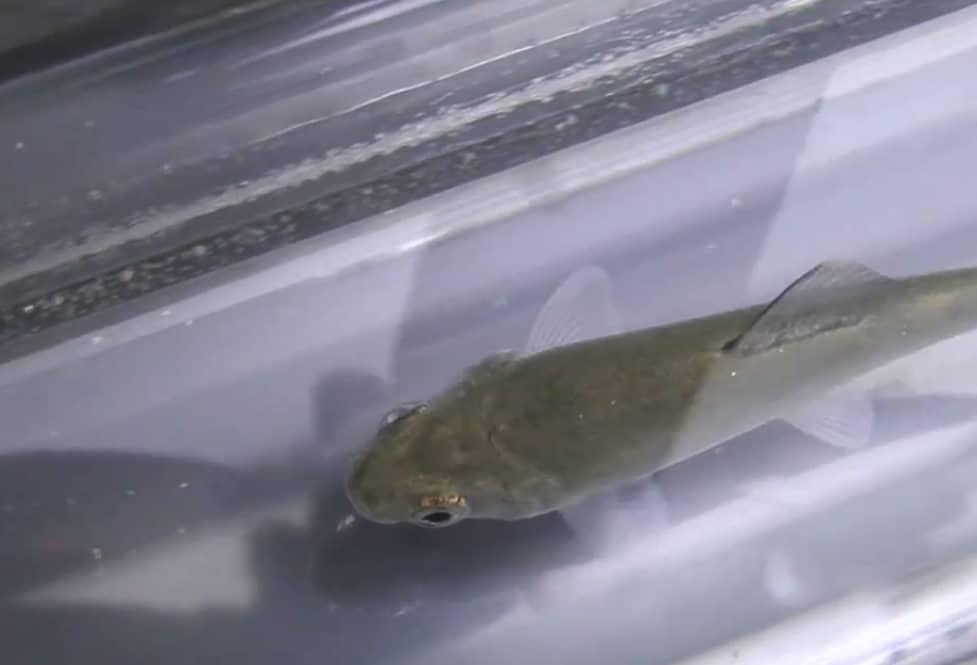Are Hatchery-raised Trout Slower Than Wild Trout?
OutdoorHub Reporters 03.12.14

A study by Washington State University researchers question whether hatchery-raised trout are slower than their counterparts in the wild. In a study published in the journal Aquaculture, WSU doctoral student Kristy Bellinger, professor and fish geneticist Gary Thorgaard, and associate professor Patrick Carter take a look at how hatchery-raised rainbow trout compare to wild specimens.
“The highly domesticated fish have bigger body sizes but slower swim speeds compared to the more wild lines that are smaller,” said Bellinger. “It is intuitive to think that the more you feed them, the more they’re going to grow, the faster they’re going to be, and that’s what we see within each clonal line. However, between the lines, the domesticated fish were larger but slower sprinters.”
It seems that despite being larger on average than wild fish, hatchery-raised stock lack their speed or natural agility. This can prove to be a hindrance when hatchery fish meet predators in the wild. In the study, researchers ran 100 hatchery-raised and semi-wild trout through a meter-long tank fitted with electronic sensors. What they concluded after a testing period of 10 weeks was that the wild trout were consistently faster.
“I use a net from their individual tanks, and I put them into the swim tunnel, and then I remove a barrier and startle the fish and that’s when they race up the track,” Bellinger said in a 2011 video.
The state of Washington has over 200 fish hatcheries producing salmon, trout, and other game fish. Hatcheries have long been used to bolster declining populations, but Bellinger says that the harchery fish may be passing on negative traits to wild populations. A similar study recently published by a UK university suggested that farmed salmon, which have been documented to be slower and less perceptive of predators, can cause harm to wild fish populations. Unlike farmed fish, however, hatcheries raise fish to be released into the wild.
“Fish managers want the biggest bang for their buck,” Bellinger said. “But if increased size is a tradeoff of sprint speed, as our data show, then we assume hatchery fish are being picked off by predators due to their slower speed, which makes the process of supplementing native fish with hatchery fish an inefficient tool for conservation and a waste of money.”
Researchers add that slow swimming speed could also affect the fish’s ability to cross small barriers such as rocks or waterfalls.
You can see a video of the study’s “trout races” below:

